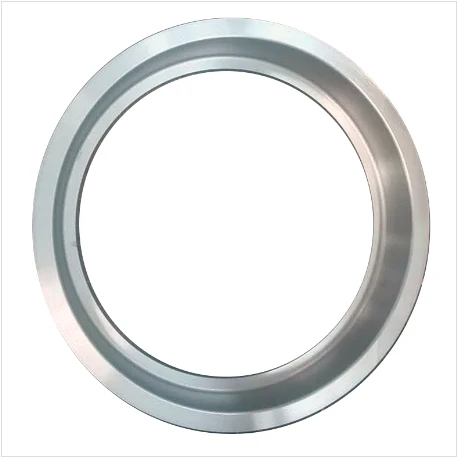Dàmh . 06, 2024 17:12 Back to list
drawing heat exchanger
Drawing Heat Exchangers An Essential Guide
Heat exchangers are pivotal components in many industrial processes, serving the fundamental role of transferring heat between two or more fluids at different temperatures. This process is crucial for improving energy efficiency, optimizing processes, and ensuring safety in various applications such as power generation, chemical processing, and HVAC systems. Understanding how to draw heat exchangers effectively is vital for engineers and technicians alike. This article delves into the essentials of drawing heat exchangers, covering their types, key components, and the considerations required for accurate representation.
Types of Heat Exchangers
Heat exchangers come in several configurations, each designed to suit specific applications and efficiency requirements. The most common types include
1. Shell and Tube Heat Exchangers Comprised of a series of tubes, one set transports the hot fluid while another handles the cold fluid, encouraging heat transfer between the two. These are widely used due to their robustness and ease of maintenance.
2. Plate Heat Exchangers This type features a series of thin, corrugated plates stacked together, allowing fluids to flow between them. They offer high heat transfer efficiency and are compact, making them suitable for applications with limited space.
3. Air-Cooled Heat Exchangers Instead of using water, these exchangers rely on air to dissipate heat. Fans drive air through the exchanger, making them suitable for locations with scarce water resources.
4. Double-Pipe Heat Exchangers A simpler design consisting of one pipe inside another. The hot fluid flows through the inner pipe while the cold fluid moves in the outer pipe, facilitating heat transfer through the walls of the inner pipe.
Key Components
When drawing a heat exchanger, it's crucial to understand its principal components
- Inlet and Outlet Ports Clearly indicate where the hot and cold fluids enter and exit the exchanger. Proper labeling ensures clarity in understanding the flow of fluids.
- Heat Transfer Surface Area Represent the area through which heat transfer occurs. In shell and tube exchangers, this area is typically shown as a series of tubes, while in plate exchangers, it is illustrated as stacked plates.
drawing heat exchanger

- Baffles These are used in shell and tube heat exchangers to direct the flow of the shell-side fluid
. Including baffles in the drawing is essential for depicting the flow pattern and improving efficiency.- Supports and Insulation Heat exchangers may require structural supports and insulation to maintain efficiency and safety. It’s important to depict these in arrangements to convey the complete design.
Considerations for Drawing Heat Exchangers
When creating a drawing of a heat exchanger, several factors should be taken into account to ensure accuracy and functionality
1. Scale and Detail Ensure that the drawing is to scale and detailed enough to convey all necessary information. This includes dimensions and material specifications.
2. Flow Directions Clearly indicate the direction of fluid flow, as misunderstandings in flow direction can lead to inefficiencies or unsafe conditions in operation.
3. Thermal and Fluid Dynamic Analysis Incorporate findings from thermal and fluid dynamic analyses into the drawings. This information helps in understanding the thermal performance and efficiency of the heat exchanger.
4. Standards and Symbols Adhere to industry standards and commonly accepted symbols to maintain clarity and ensure that other engineers can easily understand the drawings.
5. Software Tools Use advanced computer-aided design (CAD) software when possible. This technology can enhance the accuracy of the drawings and simplify updates or modifications in the design process.
Conclusion
Drawing heat exchangers is an integral skill for engineers and designers involved in thermal and fluid systems. By understanding the various types of heat exchangers, their components, and critical drawing considerations, professionals can produce effective and accurate designs. These drawings not only facilitate communication among team members but also contribute to the successful implementation of heat exchanger systems, leading to improved energy efficiency and optimized industrial processes. Mastering this skill is essential in today's technology-driven environment, where efficient heat management is key to sustainable engineering practices.
-
Durable Centrifugally Cast Iron Water Main Pipe
NewsAug.11,2025
-
Centrifugally Cast Iron Water Main Pipes for Reliability
NewsAug.10,2025
-
High-Quality Centrifugally Cast Iron Water Main Pipes
NewsAug.09,2025
-
Durable Cast Iron Water Main Pipe & Drainage Solutions
NewsAug.08,2025
-
Buy Cast Iron Pipe: Premium Ductile Iron & Drain Solutions
NewsAug.07,2025
-
Durable Cast Iron Water Main Pipe | Buy Ductile Pipe
NewsAug.06,2025


